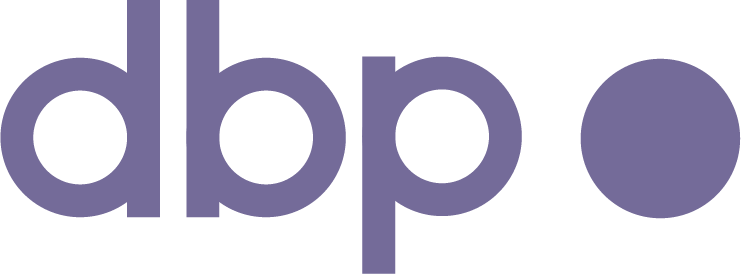July Theme – The Pelvis
“Pelvis, also called bony pelvis or pelvic girdle, in human anatomy, basin-shaped complex of bones that connects the trunk and the legs, supports and balances the trunk, and contains and supports the intestines, the urinary bladder, and the internal sex organs.” (Britannica)
Last Fall I had the great privilege of participating in a Talawa Technique training led by its creator, Thomas Presto, and two of his dance collaborators, Luciano Wollman Michelle and Joel Ramirez. The Talawa Technique synthesizes movements from close to 400 dances from African and Caribbean movement traditions into a set of arm, foot and spine positions. It was an enormous undertaking by Thomas Presto and a precious gift. For me, someone who hadn’t formally studied dance within any African dance tradition, it was an opportunity to enter into the language and healing wisdom African dance has developed over many thousands of years. I will forever be grateful to Latanya Tigner for bringing Thomas’ work to us through her, Colette Eloi and Ebonie Barnett’s Back to the Root series and for helping coordinate the training for us West Coast folks – Thomas is based in Norway.
On this particular day, several weeks into our online training, we were learning the Bird (foot) positions combined with Snake (spine) positions, specifically Snake 7, the pendulum swing of the pelvis. Below Joel (facing front) and Luciano (side view) demonstrate all 7 levels of the Snake.
We were using Snake 7 to move through the 15 foot positions. We did them over and over again swinging our pelvis’ to move two feet to one. Well into hour two of this work I was sweating, my quads were trembling and my brain was just about to explode (in a good way) with the physical and mental work. By the end of the session all I could imagine was collapsing onto my bed, but Thomas recommended we take a walk and so I did. My intention was to just walk around the block and then collapse, but I started walking and found I wanted to keep walking and keep walking. I felt this energy localized around my sacrum propelling me forward. My back felt loose and lubricated and I felt light and strong.
I wasn’t the only one in the training who felt that release/generation of energy. Latanya had once posed the question to me – how were enslaved people able to do back breaking work 14 hours a day and then dance, really dance at night? In the discussion following that session, Thomas described that undulating the spine generates energy at the cellular level. The dances as Latanya already knew and Thomas demonstrated were healing and restorative. The Talawa Technique training and Latanya, Collette and Ebonie’s Back to the Root: Healing and Spiritual Power of the Spine and Pelvis in African Rooted Dance opened up an inquiry into the healing traditions of what Thomas refers to as Africana movement.
The pelvis is critical to movement. It transfers force from the trunk down to the lower body and disperses force from the lower extremities up into the spine. In Congolese movement traditions, the pelvis, loketo, expresses our relationship to the Earth. My exploration continues with my friend and collaborator Byb Chanel Bibene, Artistic Director of Kiandanda Dance Theater through a slowed down, in-depth exploration of Zebola, a dance of the Mongo People of the Democratic Republic of Congo.
I am coming to understand the importance of the pelvis and to have reverence for its mystery. Releasing, strengthening, moving the pelvis are critical to my practice and are the focus of July’s classes. Using Yamuna routines we will release the muscles that connect the pelvis to the lower extremities and the trunk. We will use Pilates to strengthen and Talawa Technique to move the pelvis, build proprioception and generate energy!
This release focuses on releasing the back of this hip and finding movement of the pelvis using the support of Yamuna balls. I find that understanding the anatomy also helps. Check out the post with the anatomy slide show to learn more about the bones and muscles of the pelvis.
